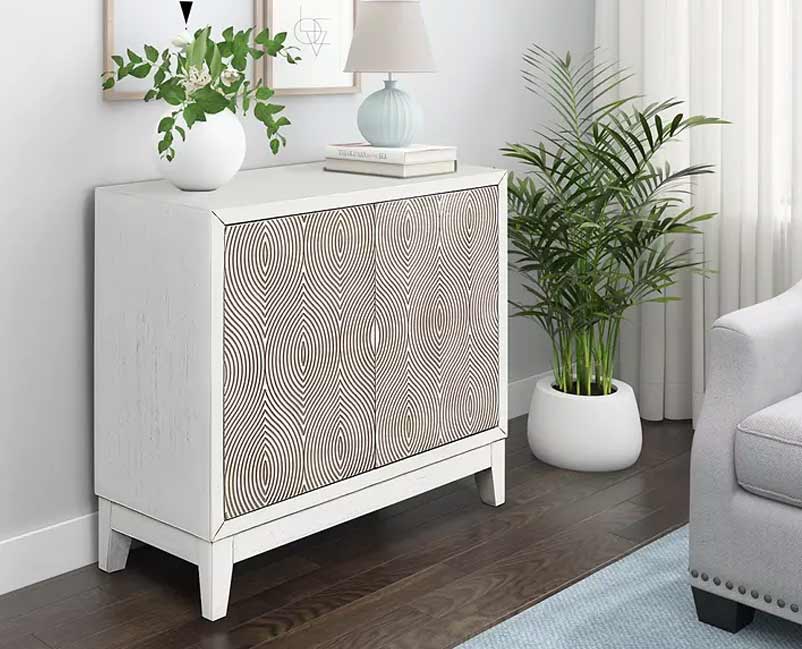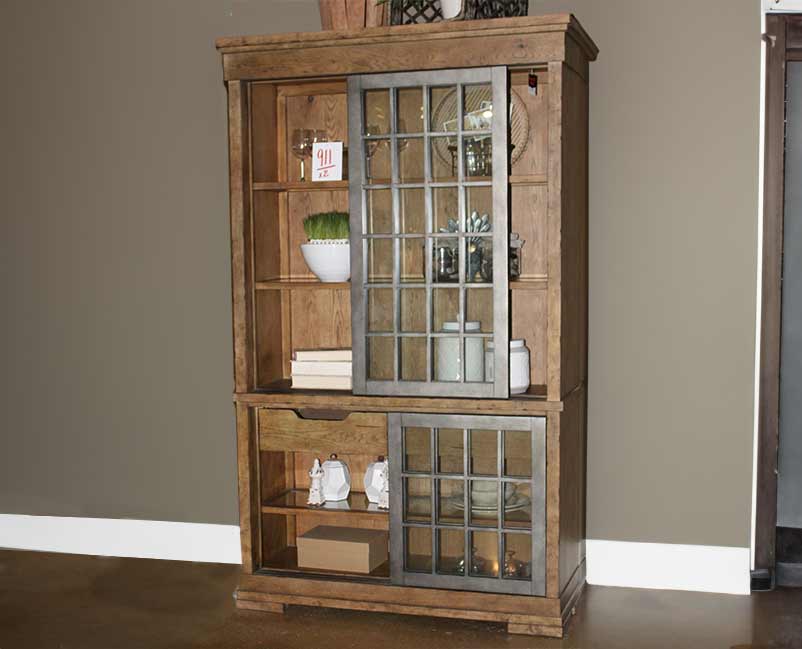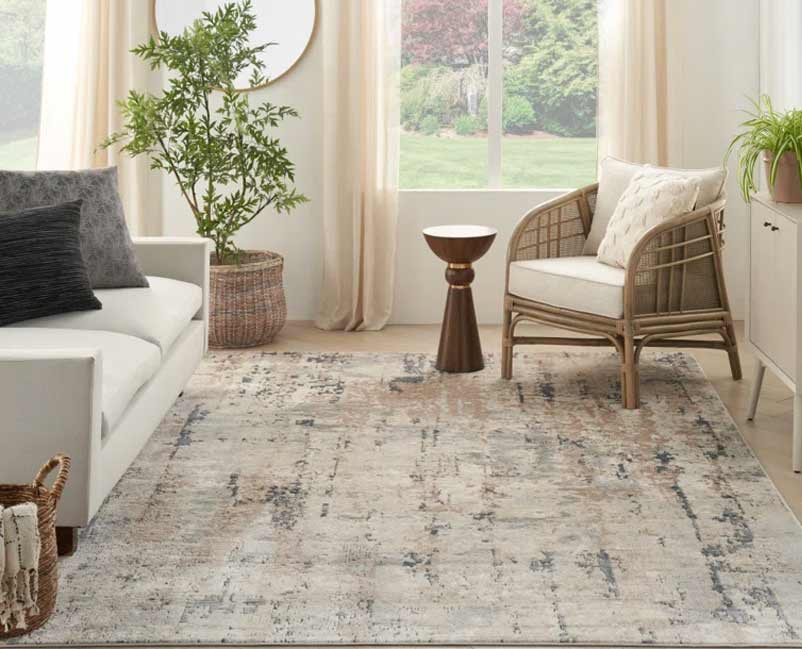FAQ When
Shopping For
Home Accent Furniture
Home accent furniture includes items such as side tables, accent chairs, decorative chests, and ottomans, designed to enhance the aesthetic appeal and functionality of a room. Unlike primary furniture pieces like sofas or beds, accent furniture adds personality and style while serving secondary purposes.
Home accent furniture includes items such as side tables, accent chairs, decorative chests, and ottomans, designed to enhance the aesthetic appeal and functionality of a room. Unlike primary furniture pieces like sofas or beds, accent furniture adds personality and style while serving secondary purposes.
It’s essential to assess both the dimensions of the room and its primary functions. Start by measuring the length and width of the area where you intend to place your furniture. Furniture always looks smaller in the store than it does in your home, so knowing the exact amount of space you are working with avoids any size-related headaches.
When considering the size of your dining table, it’s essential to factor in how many people will typically be seated for meals. This depends on your household size and any frequent guests you may entertain. A general rule of thumb is to allocate about 24 inches of table width per person for comfortable dining. For example, a 6-foot table can usually accommodate six to eight people comfortably, while an 8-foot table can seat eight to ten. Extending tables or adding leaves can provide flexibility for larger gatherings. It’s also crucial to consider the dimensions of your dining area to ensure there’s ample space for both the table and chairs, allowing easy movement around the room.
Choose a statement piece furniture and find pieces that accent the special features of that item. A piece of art with small accents of a color shared with the statement piece is always a great way to draw attention and create visual interest.
In small spaces, choose accent furniture that is appropriately scaled to fit the room without overwhelming it. Opt for multifunctional pieces, such as nesting tables or storage ottomans, to maximize space efficiency. Utilize vertical space with tall bookcases or wall-mounted shelves to display decorative accents.








